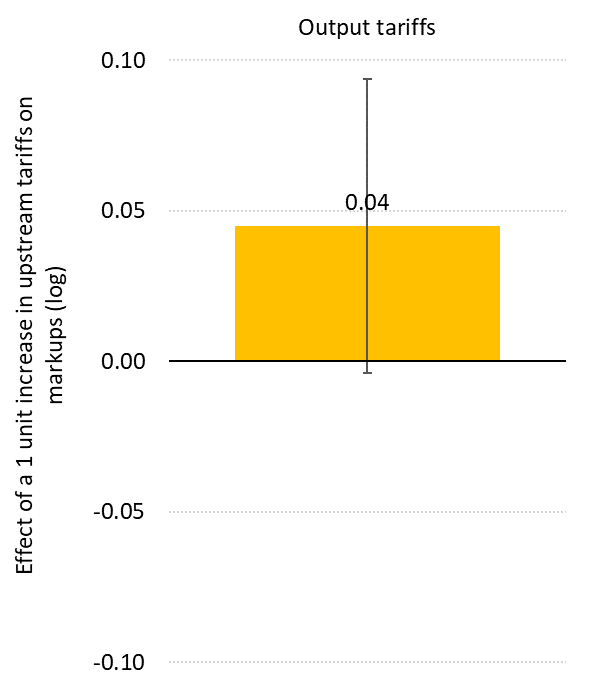
Higher #import duties to tackle the #BOP problem is the wrong advice. It won't deliver on the intended objective. Why? 🧵👇 brecorder.com/news/40168085/…
1\ The #CAD is the result of a Saving/Investment imbalance. The sustainable solution to the #CAD entails policies that increase #saving.
2\ #Import duties might be a patch that in the short run curbs imports, but they will curb #exports too. Why? B/C they increase the profitability to sell at home, so firms shift from export to domestic markets. Import duties are implicit #export taxes. They won't reduce the CAD. 

3\ Article says: "levy #import duties for everything except food and medicine, so (their) prices won't increase". Incorrect b/c of input-output links. If I tax tractors, food prices will increase (same if oil price increases, all prices down the value chain increase too!)
4\ #Import duties are not just 'not the solution'. They are a big problem. Why? When levied on inputs, they reduce the #productivity of firms, because they reduce their options on how to produce. Higher input tariffs means less productivity, less sales, lower wages. #Pakistan 

5\ #Import duties reduce #competition, and increase mark-ups (profits) of firms that are #domestic oriented (at the expense of consumers). 

6\ #Import duties in #Pakistan are also #anti-#poor (as the poor consume more goods than the rich, which are subject to #import duties)
The poorest decile faces almost double the burden of import duties than the richest decile.
The poorest decile faces almost double the burden of import duties than the richest decile.

7\ Let's say you are not convinced by the above. By the fact that import duties don't address the saving investment problem, they discourage #exports, lower #productivity, lower #wages, reduce #competition, increase #rents to the rich, and are #anti-poor. OK. 👇👇
8\ Look at past experience. #Import duties are among the highest in the world in #Pakistan. They have been increasing just as #exports have been falling, and w/ it the trade balance. They didn't work before, they won't work now. 

• • •
Missing some Tweet in this thread? You can try to
force a refresh










